

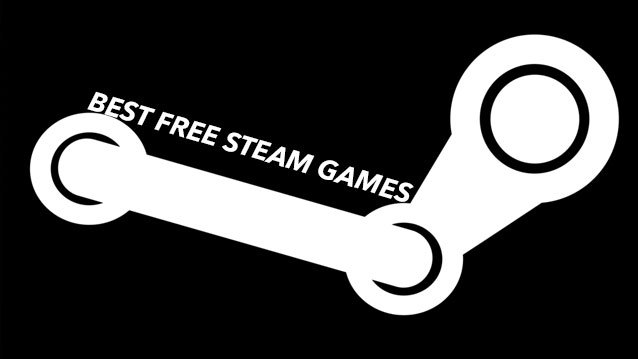
Steam, Valve’s digital distribution service, has come a long way since it officially launched in 2004. Back then, players fretted about having to install a weird DRM service just to play Counter-Strike and Half-Life 2.Now it’s the premier digital platform for game sales and online play, accounting for 75 percent of online PC games sales worldwide (although others, like GOG, are nipping at its heels).
One of the great things about Steam, though, is that there are tons of games available on the service that don’t cost a penny to play – just by having a Steam account, you can play dozens of quality games, many of which are multiplayer. Sure, there are a few that let you pay money to buy, say, hats for your in-game characters, but here are our ten favorite games on Steam that won’t require you to spend a nickel.
Nobody knows* why “clicker” style games are so popular. They’re gaming stripped down to the barest essentials – do a thing, make a number get larger. In AdVenture Capitalist, the idea is to make money – lots of money. You start by squeezing one little lemon for your lemonade stand and then… well, then it’s two in the morning and you’re an oil baron. The art style is reminiscent of the original Monopoly board, and there’s a spritely ‘50s soundtrack to keep you on track in your monetary adventures. Capitalism is fun, see?
* Someone probably does know
Broforce is South African developer Free Lives’ tribute to all things action movie, and The Expendabros is a completely free tie-in that came out alongside The Expendables 3. It features characters straight from the film, with their names changed to somehow incorporate “Bro” into each. It’s an action platformer featuring destructible terrain, unique abilities for each of the Expendabros, and explosions. So, so many explosions.
Here’s the special bit – your “lives” are actually other Bros you rescue throughout each level. You die if you take a single hit, but when that happens, another Bro you’ve rescued takes over. This is determined by random chance, so you have to adapt to each Bro’s special abilities and particular playstyle.
This one has flown under the radar, perhaps partially because it defies easy classification. It’s a team-based arena hero brawler (is that what we’re calling them these days?), but instead of lanes and creeps, it’s you and your team versus hordes of undead. Unlike League of Legends or Dota 2 – and to be honest, comparisons to those games really does disservice to Dead Island: Epidemic, it’s not the same thing at all – you control your character with the WASD keys, making the action feel a lot more direct and hack ‘n slashy.
The game features several play modes, and a good selection of character classes and weapon loadouts. Epidemic maintains the more tongue-in-cheek, self-aware tone of other recent entries in the franchise, and you’ll be able to craft stuff like flame-throwing trumpets as you play matches and gain experience.
Steam users have complained that the player base for Epidemic has dried up a bit, so now is a pretty great chance to get in, learn the ropes, and fill those servers back up.
Team Fortress 2 has been around for a while, sure, but we’re definitely entering the Age Of The Class-Based Online Shooter. We’re about to be inundated with them, in fact – we’ve already gotten a crack at Evolve, Blizzard has Overwatch on the way, and Cliff Bleszinksi’s Boss Key Games recently revealed Lawbreakers.
Right now, though, you can play Dirty Bomb for free in its open beta. It’s pulling in elements from TF2 and the more-established military-themed shooters of the day such as Battlefield, for a rather cheeky, chunky take on the team-based, objective-focused shooter genre.
Developers Splash Damage have a pedigree in online shooters, and their previous work includes multiplayer modes for games like Return to Castle Wolfenstein and Doom 3. Like its forebears, Dirty Bomb has fast motion and satisfying, thunderous weapons. However, it eschews the past’s grungy, brown environments for brightly-lit, open air arenas in utterly gigantic levels. The business model is a little on the weird side for now, but being that the game is still in beta, it’s best at this point to leave your wallet in your pocket and just enjoy some good old fashioned shootery fun.
Some of us have found, as we’ve aged, our reflexes getting a bit too slow to really keep up with the pack in online shooters. Some of us may include me, your humble narrator. That’s why we’re finding a lot of enjoyment in the massively multiplayer online tank battle sim – which rewards careful positioning, enemy awareness, and terrain exploitation with giving you a solid five minutes before blowing you into smoldering hunks of reinforced steel.
War Thunder is one of these and it’s the best one on Steam, and instead of focusing on just one class of vehicles, you can choose from a host of land, sea, and air vehicles that span the World War II and Korean War periods. The game gracefully hits the balance between arcade and military training sim, forcing you to learn actual tank, dogfighting, and naval tactics without really veering into territory where that stops being fun.
And that’s on a sliding scale, too – unlike its competition, War Thunder actually lets you adjust the level of realism you want in your game.
Upgrade trees tend toward the mazelike, but there are plenty of resources online to pore over before spending your hard earned dosh.
Warframe has completely transformed since its release, and is now a kind of free-to-play answer to Destiny. It’s a third-person sci-fi shooter that has you complete missions, alone or in a party, to earn materials with which to craft new and better equipment. Warframe has a wonderful sense of fluidity of movement, and as a “tenno” you have the ability to wallrun, slide, and leap through each environment. These tend to be long corridors, but they have branching paths – as you return to each one for subsequent missions (or to repeat missions you’ve already completed), you’ll find new ways to traverse them. Levels, weapons, and characters are lovely and detailed – Warframe looks for all the world like a full-priced title.
Like Destiny, it’s a great game to play online with a couple friends and a voice connection – it’s demanding enough to be a challenge once you’ve cleared the first tier or so of missions, but not so much that you can’t catch up with pals while you fight.
Unfortunately, the business model gets a bit aggressive once you’ve played up to a certain point – you’ll have to fork out cash for the best gear unless you plan on countless hours of grinding. But by that point you’ll have played a couple dozen fun hours of the game and you’ll know whether you want to keep playing or move on to something new.
Some readers will likely have played the browser version of Card Hunter, which has been around since 2013. Well, now it’s on Steam as a standalone game, and is well worth your time. The aesthetic is of a tabletop dungeon game, and anyone who ever played Milton Bradley’s HeroQuest back in the day will immediately feel at home.
You play a party of three characters against a dungeon master, and the equipment you outfit your characters with determines cards they draw in each round of combat. These take the form of moves, attacks, spells, and effects, and there are tons of them.
The retro art style is immediately loveable – each adventure you embark upon is presented like a Dungeons & Dragons module booklet like you might have found in 1985. Your dungeon master is a dorky kid who is infatuated with the pizza delivery girl and has an older brother who occasionally shows up to tell him he’s playing the game wrong. But all this is trapping around a surprisingly deep tactical RPG, which now has “challenge” dungeons as well as online multiplayer.
This one should hardly need any introduction – Team Fortress has been around in some form or another since 1996, then as a multiplayer mod for Quake that was ultimately packaged, ported, and sold by Valve and Sierra in 1999. Now Team Fortress 2 is one of the most well-loved and long-lived shooters ever made.
With all the classes and game modes to choose from, it’s difficult to describe Team Fortress 2 succinctly. It’s a team-based first-person shooter with objectives that vary depending on which mode you’re playing. You can play offense, defense, or support, with each character equipped with special abilities and specific weapons. There’s so much game in Team Fortress 2 that you could seriously not play anything else – which is exactly how a lot of players treat it.
And there’s a whole culture of TF2 as well. Sure, it’s free, but players have yet to grow tired of purchasing new outfits for their favorite characters. Hats, traditionally. And with Source Filmmaker (also free), now they’re making complete hat-based movies.
Valve has continued to support Team Fortress 2 with regular updates that provide new maps, weapons, and characters, and there are occasionally special events as well. There’s a lot to love about this game, and by itself it constitutes a solid reason to sign up for a Steam account if you haven’t already.
The reward loop established by Diablo has inspired quite a few terrific games, but the best one in the free-to-play space is inarguably Path of Exile. In fact, fans disappointed with the initial PC release of Diablo 3 wound up looking for and finding what they were after in New Zealand developer Grinding Gear Games’ action RPG.
If you know Diablo 2, then Path of Exile will be familiar pretty quickly – an isometric hack ‘n slash that has you knocking apart skeletons, finding and upgrading gear, and leveling up your character. But it’s the character leveling system where Path takes its own… uh… path. Picking one of several classes, you spend skill points on a maze-like character progression tree.
You can branch off in a strength-based direction, say, but that might cost you the opportunity to learn dual-wielding. Or you could choose to increase your health, neglecting a chance to boost your speed. It’s a fantastic new take on character progression, and it means that you’ll be faced with genuinely hard decisions to make when it’s time to level up – in other words, completely the opposite of how Diablo 3 handled matters.
Add to this the fact that the business model is among the fairest in F2P, and that multiplayer is a cinch (you hang out in hubs with other similarly-leveled players and set up a dungeon instance to explore together), and Path of Exile is a real winner.
You either Dota or you don’ta know about this one already. This is the sequel to the original “MOBA,” and while League of Legends has the biggest worldwide following, it’s Dota 2 that reigns on Steam.
There are problems: The initial learning curve is almost a vertical cliff to scale, and newbies will need to use notes in order to remember how to build characters and which gear to buy for their character initially. And the player community is renowned for being a bit on the prickly side, shall we say.
But if you’re willing to get over these obstacles, Dota 2 is a worldwide phenomenon that inspires almost cultish devotion. That you’re teamed up in 5v5 matches makes each game a tense experience, and a lot of the saltiness you find in Dota players comes from the fact that by design, you must rely on your teammates to win. And when the wins do come, they're amazingly satisfying.
Dota 2 also boasts one of the most fair and unobtrusive business models in the industry – you’ll win “chests” to open that require some small cash outlay to open, but it’s important to remember that these are completely superfluous to the game itself. From the moment you install the game, you have access to every hero and every item you’ll be able to actually use while playing.
And now, with the Reborn update live, Dota 2 is more accessible than ever before, boasting a new levels system and fan-created game modes.
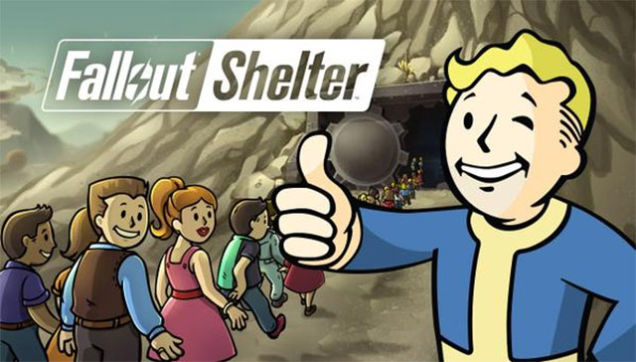



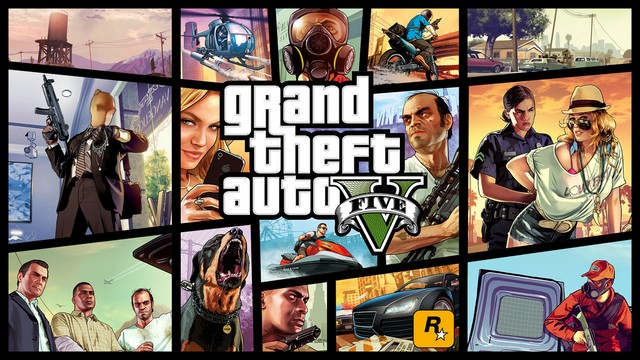 Guide to Fix GTA V PC Pre-load, Graphics Card, Launch Errors, Download, Installation and Crash Issues
Guide to Fix GTA V PC Pre-load, Graphics Card, Launch Errors, Download, Installation and Crash Issues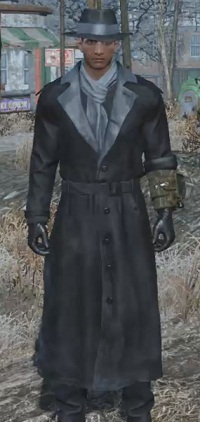 Fallout 4 Silver Shroud costume location / side quest guide
Fallout 4 Silver Shroud costume location / side quest guide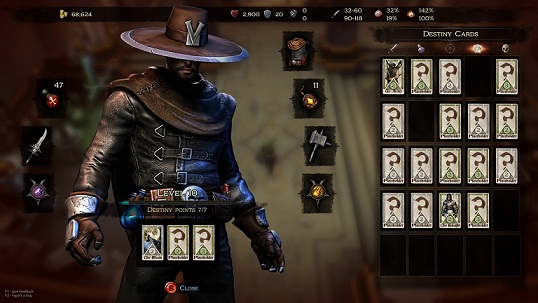 Victor Vran: outfits / costumes guide
Victor Vran: outfits / costumes guide One Piece: Pirate Warriors 3 Beginner's Guide - Tips and Tricks
One Piece: Pirate Warriors 3 Beginner's Guide - Tips and Tricks The Witcher 3 Monster Guide - How to Beat the Noonwraith
The Witcher 3 Monster Guide - How to Beat the Noonwraith